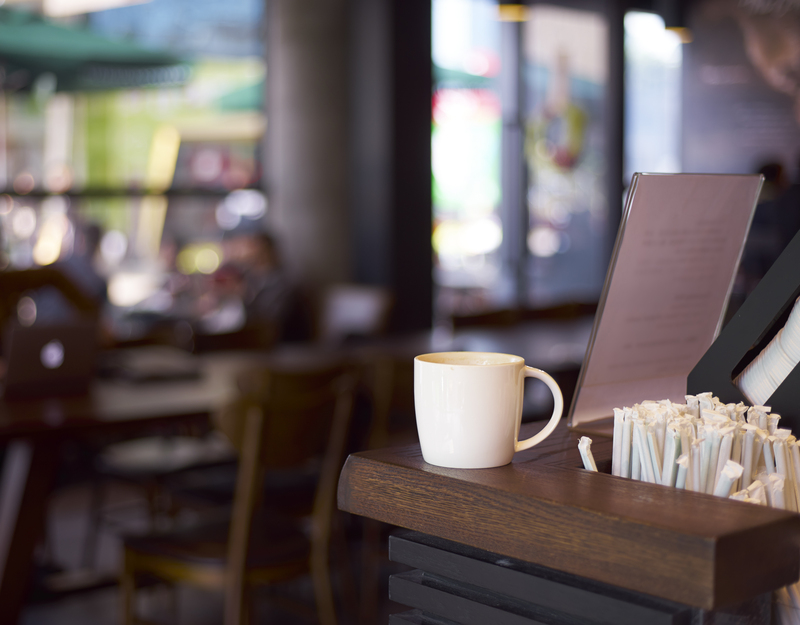What to Do With Damaged or Outdated Pots and Pans: Comprehensive Guide
Are your kitchen cabinets overflowing with damaged or outdated pots and pans? Over time, even the most reliable cookware can become warped, scratched, stained, or simply obsolete. Instead of letting that old cookware clutter your home or end up in a landfill, there are many creative and environmentally friendly ways to give them a new life. In this detailed guide, we'll explore what to do with old pots and pans, how to recycle them properly, upcycling ideas, donation possibilities, and more. Read on to discover the best options for managing unwanted cookware, keeping your kitchen (and conscience) clean.
Why You Shouldn't Ignore Old Cookware
Leaving damaged or outdated cookware sitting unused does more than take up valuable storage space. Old pots and pans that are scratched, especially non-stick pans with flaking coatings, may become unsafe for cooking. Aluminum, non-stick and Teflon coatings can leach chemicals or chips into your food. Moreover, neglecting to dispose or repurpose such items increases household clutter and contributes to environmental waste.
Signs It's Time to Replace Your Pots and Pans
- Non-stick coating is peeling, flaking, or scratched.
- Pans are warped, making even cooking impossible.
- Rust or deep stains that won't come off.
- Handles are loose, broken or burnt.
- Base is so worn it affects heating and safety.
- You've upgraded your kitchen or downsized.

Options for Recycling Damaged or Outdated Pots and Pans
The sustainable way to deal with unusable cookware is recycling. However, recycling old pots and pans can be less straightforward than tossing them in your blue bin. Here's how you can do it:
Check Local Recycling Programs
Most curbside recycling programs do not accept pots and pans due to their size, weight, and material mixing. However, many communities have scrap metal recycling centers or designated drop-off points for metal household items. Call your local recycling authority or waste management provider to ask about their process.
- Aluminum, stainless steel, copper, and cast iron pans are all recyclable at metal yards.
- Remove any non-metal parts (like plastic handles or glass lids), as these can complicate recycling.
- Some centers will accept pans with minor amounts of plastic but double-check before dropping off.
Retailer Take-Back and Cookware Trade-In Programs
Did you know some kitchenware brands and stores offer trade-in or recycling incentives? Stores like Bed Bath & Beyond, Sur La Table, and certain cookware brands occasionally run cookware recycling drives or discount offers for returned pots and pans. If you're updating your cookware, this can save you money and help the environment.
Scrap Metal Dealers
If you're unable to recycle through regular community programs, try scrap metal dealers. Most will pay by weight for aluminum, copper, or stainless steel. Make sure to verify:
- Accepted materials (magnetic vs non-magnetic metals)
- Removal of rubber or wooden components
- Local regulations regarding drop-off
Important:
Never put pots and pans in regular recycling bins unless specifically allowed--this can damage machinery at recycling plants.
How to Upcycle Old Cookware Creatively
If tossing your outdated pots and pans seems wasteful, why not repurpose them? Upcycling not only keeps items out of landfills but also provides unique and functional decor or household items. Below are clever ways to breathe new life into unwanted cookware:
Garden Projects
- Planters: Fill old pots with soil and transform them into rustic plant containers for your garden, balcony, or porch.
- Birdbaths or Feeders: Upside-down pans make perfect platforms for birds, while deep pots can become water bowls.
- Lawn Art: Paint and assemble pots and pans into whimsical art pieces for your outdoor spaces.
Home Organization
- DIY Storage: Use pans to store keys, coins, or even as drawer organizers in your garage or shed.
- Wall Hooks: Screw handles to the wall as sturdy hooks for bags, coats, or utensils.
Crafts and Decor
- Clocks: Convert a skillet into a unique wall clock by adding a simple clock mechanism.
- Photo Displays: Use a colander or mesh pan to hang photos and crafts with clips.
- Wind Chimes: Suspend pots, lids, or metal handles from wire to create musical outdoor wind chimes.
Pet Accessories
- Pet Bowls: Clean, repurpose, and use smaller pans as water or food bowls.
Donate Usable Pots and Pans
Just because something isn't suitable for your kitchen doesn't mean it's useless for everyone! If your cookware is still in reasonable shape--no flaking non-stick, rust or loose parts--donating it is a fantastic way to reduce waste and help those in need.
Where to Donate Old Pots and Pans
- Local shelters and food banks: Many community organizations, especially those that help people transition into permanent housing, welcome cookware donations.
- Thrift stores and charity shops: Places like Goodwill, Habitat for Humanity ReStores, and Salvation Army may accept gently used kitchen goods.
- Post-secondary schools or community centers: Some programs support students or families with basic cookware needs.
- Give directly to friends, neighbors, or post in local online groups like Buy Nothing or Freecycle.
Tips for Donating Cookware
- Wash thoroughly and remove food debris.
- Check with the organization for accepted condition and items.
- Bundle with other basic kitchen supplies for a full starter kit.
How to Dispose of Pots and Pans That Can't Be Recycled or Repurposed
If your cookware is beyond repair, reuse or recycling--such as ceramic cookware that's cracked or pans with non-removable non-stick coating--you may need to dispose of them responsibly.
- Contact your waste management service for bulk pickup options or hazardous waste drop-off days.
- If allowed, label them clearly as "metal household goods" if placing out for curbside collection.
- Ceramic pans and glass lids are often not recyclable--dispose of them with regular trash, but double-check local regulations.
- Never incinerate Teflon-coated or non-stick pans as this can release toxic fumes.

Frequently Asked Questions About Disposing of Old Pots and Pans
Can non-stick pans be recycled?
Non-stick pans often have a metal base, but recycling non-stick pans can be tricky due to chemical coatings. Some metal recyclers accept them if the coating is minor; others may not. Always check with the facility, or look for programs that specialize in these items.
Is it safe to reuse scratched or damaged cookware?
For most non-stick cookware, it is unsafe to keep using them once the coating peels off--as it can release chemicals into your food. Stainless steel and cast iron, if structurally sound, can be resurfaced or re-seasoned. If in doubt, it's best to part with them.
Are there cookware brands with their own disposal programs?
Some major brands, such as Calphalon and GreenPan, have periodically offered mail-in recycling or trade-in programs. Always check the manufacturer's website for current offers or ask when purchasing new cookware.
Final Thoughts: Give Your Old Cookware a Meaningful Second Life
In conclusion, managing damaged or outdated pots and pans is about more than simply throwing them away; it's an opportunity to make sustainable choices and perhaps get creative! Whether you recycle, upcycle, donate, or responsibly dispose of your unwanted cookware, you'll be helping to reduce environmental waste and potentially bring value to others. Next time you upgrade your cookware set, remember these options to responsibly deal with your old pots and pans.
Have a unique way to reuse outdated cookware? Share your ideas in the comments!